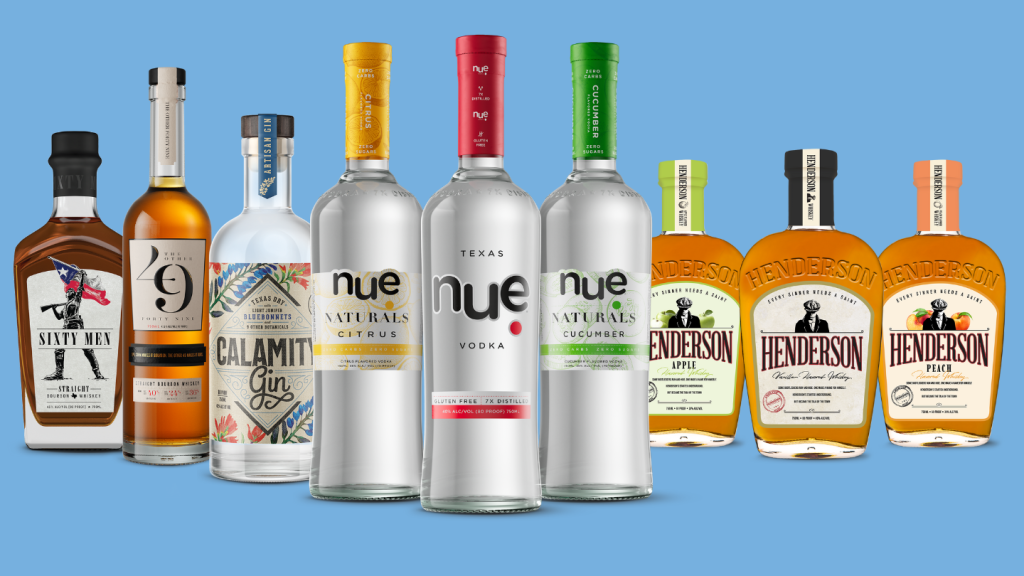 In December Australian law introduced new labelling codes for allergen use in the wine industry. Despite the serious nature of these requirements, there is still widespread confusion as to what they will actually mean for producers and how strictly they should be interpreted. Lawyer James Omond clears up some of the misinformation.
In December Australian law introduced new labelling codes for allergen use in the wine industry. Despite the serious nature of these requirements, there is still widespread confusion as to what they will actually mean for producers and how strictly they should be interpreted. Lawyer James Omond clears up some of the misinformation.
Most Australian wine producers will by now have heard of the changes to the country’s Food Standards Code, which require wines (as well as all other foodstuffs) to carry a declaration on their labels if there are any recognised “allergens” in the product. There seem to have been a few conflicting opinions as to what all this means in practice.
On the one hand, you have the Australian Wine Research Institute quoted as saying it’s okay to state on your label, “This wine has been fined with … [e.g. isinglass] and traces may remain”, whilst the Australian Wine and Brandy Corporation tells us that Food Standards Australia and New Zealand (FSANZ) won’t permit this. They say “the law is not met by previously suggested wording/statements such as ‘may contain fish or milk product’. FSANZ has confirmed that the law requires a statement to the effect that the substance IS in the product.”
Another example is the statement in the AWBC’s wine law brochure that, “Some manufacturers have indicated they will add a short background story eg wine has traditionally been fined with milk etc, to allay any consumer fears about processes new to them.”
Compare this with what one wine company adviser said: “If you’re in a bottle shop looking for a wine, and one back label says it might contain fish guts, and the next one doesn’t, which is the average punter going to buy?” This sort of thinking is behind the view that,
“Unless the industry as a whole adopts the measure, and everyone uses the same labelling methodology, no one company will want to lead the industry.” |
How well do you really know your competitors?
Access the most comprehensive Company Profiles on the market, powered by GlobalData. Save hours of research. Gain competitive edge.

Thank you!
Your download email will arrive shortly
Not ready to buy yet? Download a free sample
We are confident about the unique quality of our Company Profiles. However, we want you to make the most beneficial decision for your business, so we offer a free sample that you can download by submitting the below form
By GlobalDataSo should you or shouldn’t you? Do you have to declare, or don’t you?What the law actually says is that you must disclose if one of the substances in question [see below] has been used in making the wine and – here’s the important bit – is present in the final product.
Leaving aside sulfites, there don’t appear to be any tests available to determine whether these allergens are present, at the residue levels likely to be encountered.
That’s if there is any residue at all – which is also unclear. Which raises the question how an aggrieved consumer would prove their case against you? Then again, technology advances at a rapid rate nowadays, so by the time your next vintage gets to market, who’s to say what they’ll be able to do in the lab.
There is also practically no evidence of anyone ever having suffered a reaction to any of these other allergens (even the responsibility of sulfites for causing adverse reactions has been questioned by some recent studies).
On the other hand, that’s not to say there won’t be a first. This might be a result of the interaction of the allergen in the wine reacting with something in food eaten as an accompaniment, or perhaps some medicine or dietary supplement. The worst-case scenario is something like a severe anaphylactic reaction caused by the presence of the allergen, with the consumer dying as a result of consuming your wine (From a legal perspective, this is not a good thing).
And from a lawyer’s experience, there will always be disgruntled consumers (and lawyers with questionable motives) who want to blame someone else for their own errors (or overindulgences) – even if the consequences are far less serious than the worst-case scenario.
The processing aids at issue here are added sulphites (eg. SO2/PMS) in concentrations of 10mg/kg or more; casein and potassium caseinate; egg white; milk and evaporated milk; isinglass; and non-grape derived tannin (eg. that derived from chestnuts).
The new law took effect in Australia on 20 December 2002, with similar EU legislation set for introduction in 2005. AWBC advises that this requirement does not apply to export wine at present, other than to New Zealand (although Japan is believed likely to require similar declarations in the near future).
For further reading on the topic, see www.awbc.com.au, and “To label or not to label for allergens”, Creina Stockley and Robyn O’Hehir, The Australian Grapegrower and Winemaker, August 2002.
Of course, as with all articles by lawyers, I have to end by telling you not to rely on this article as a substitute for specific legal advice tailored to your own position.
James Omond is the founder of Omond & Co – a small Australian law firm which provides specialist legal advice to the wine industry. James has over a decade of practical and commercial experience in all areas of the wine industry. Contact details are available at www.omond.com.au.





